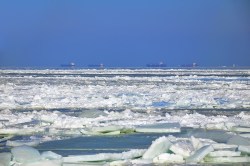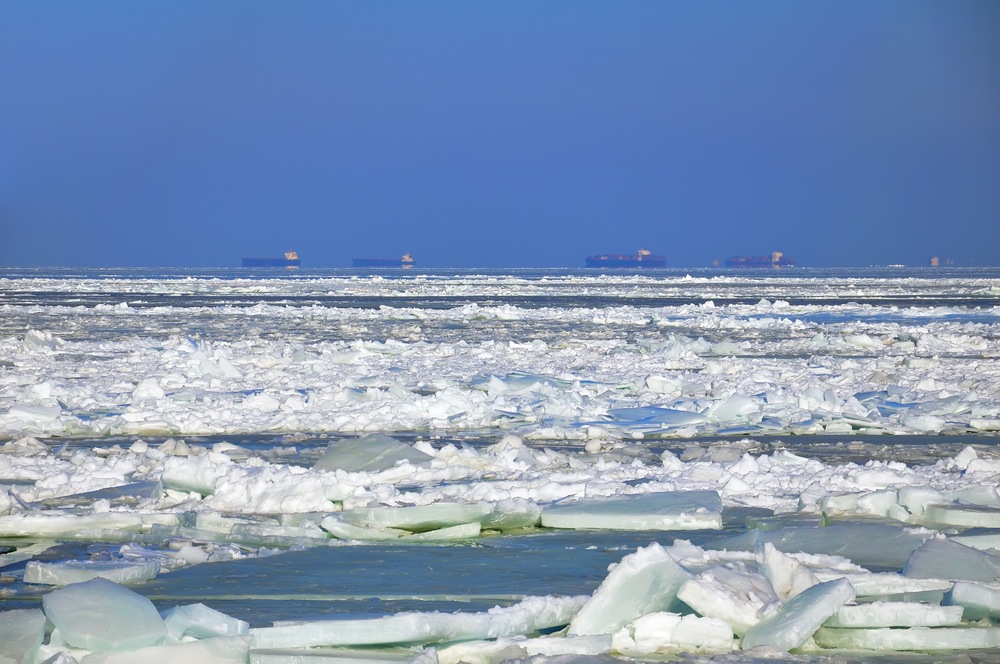
ShutterstockSay goodbye to this stuff.
Everybody get ready to grab your swimsuit and head north. The latest melting projections by government scientists suggest that the Arctic could be nearly ice-free during summer in seven years — or maybe even sooner.
But before you get all excited about the novelty of taking a dive into waters that once harbored year-round ice, we should warn you that the seven-year thing is a worst-case scenario. But even the best-case scenario published in a recent scientific paper projects that the summer ice will virtually disappear during the first half of this century.
(Also, we should warn you that the water will still be pretty damned cold, if not quite as cold as before. Also, you might get run over by a container ship. Or coated by an oil spill.)
There is substantial conjecture — and concern — over when the Arctic will finally lose its summertime coating of ice to the effects of climate change. Some scientists have previously suggested that it could happen by 2016.
So NOAA scientists recently used three common techniques for predicting when the summertime ice would disappear from everywhere in the Arctic, with the exception of Greenland and a spot just north of the Canadian Archipelago, and compared the results. Their methods: They extrapolated sea ice volume data; they assumed rapid melting events such as occurred last summer and in 2007 would occur again; and they used climate models.
“At present,” the scientists wrote in a paper published in the journal Geophysical Research Letters, “it is not possible to completely choose one approach over another.” More from the paper:
The large observed shifts in the current Arctic environment represent major indicators of regional and global climate change. Whether a nearly sea ice-free Arctic occurs in the first or second half of the 21st century is of great economic, social, and wildlife management interest. There is a gap, however, in understanding how to reconcile what is currently happening with sea ice in the Arctic and climate model projections of Arctic sea ice loss.
The use of these different techniques resulted in forecasts of nearly ice-free summers sometime around 2020, or around 2030, or around 2040. Massive pool party y’all!



